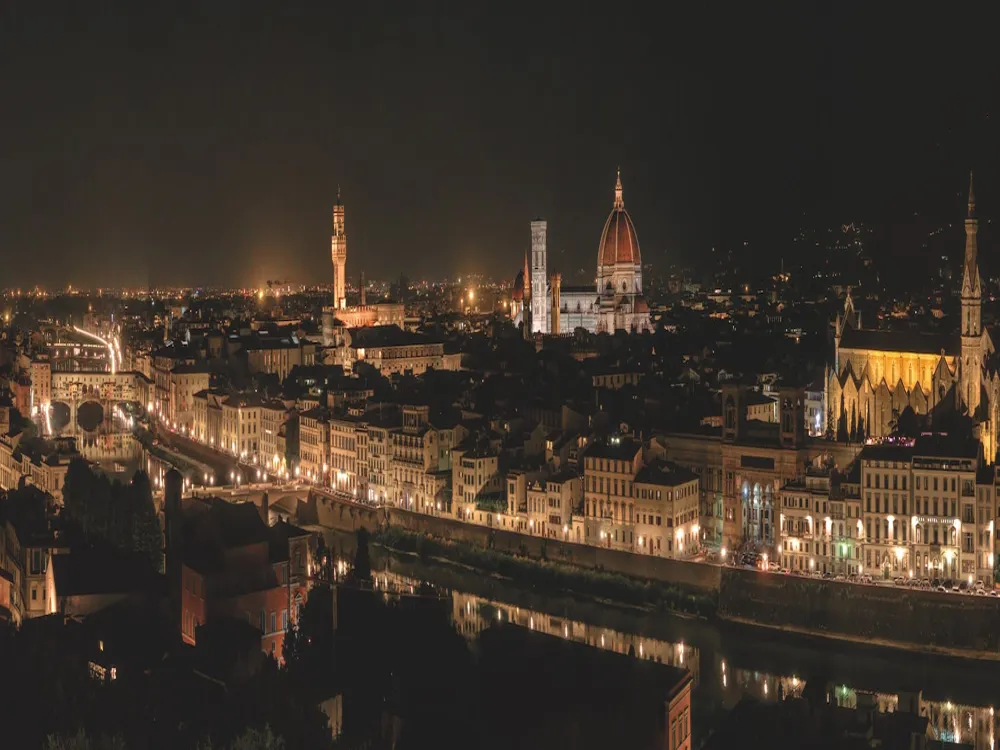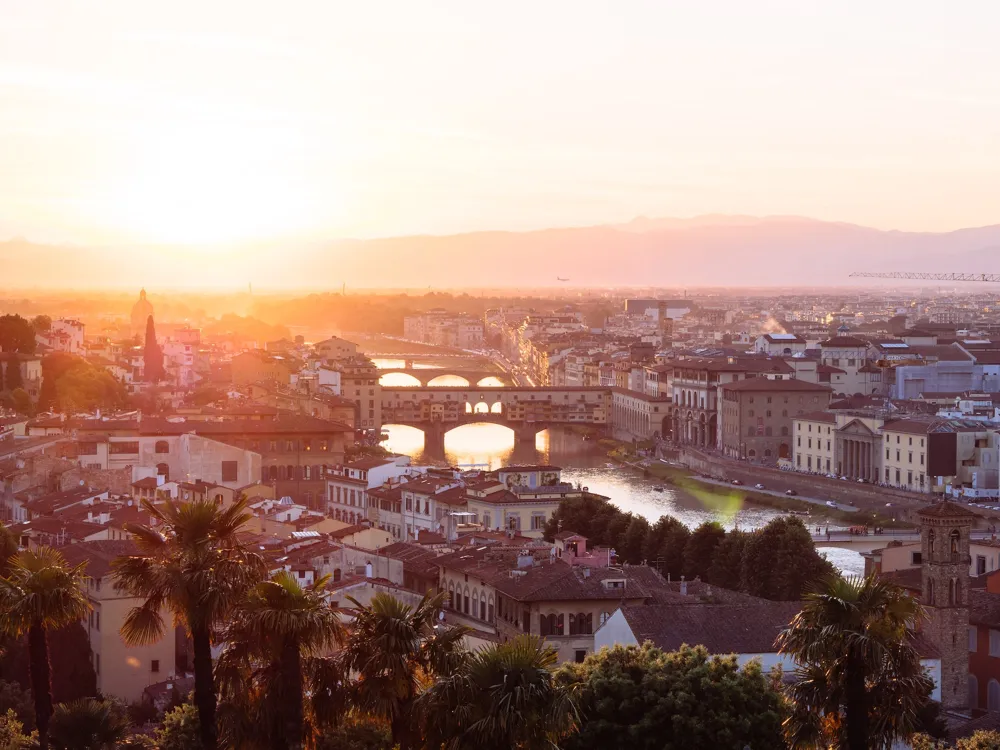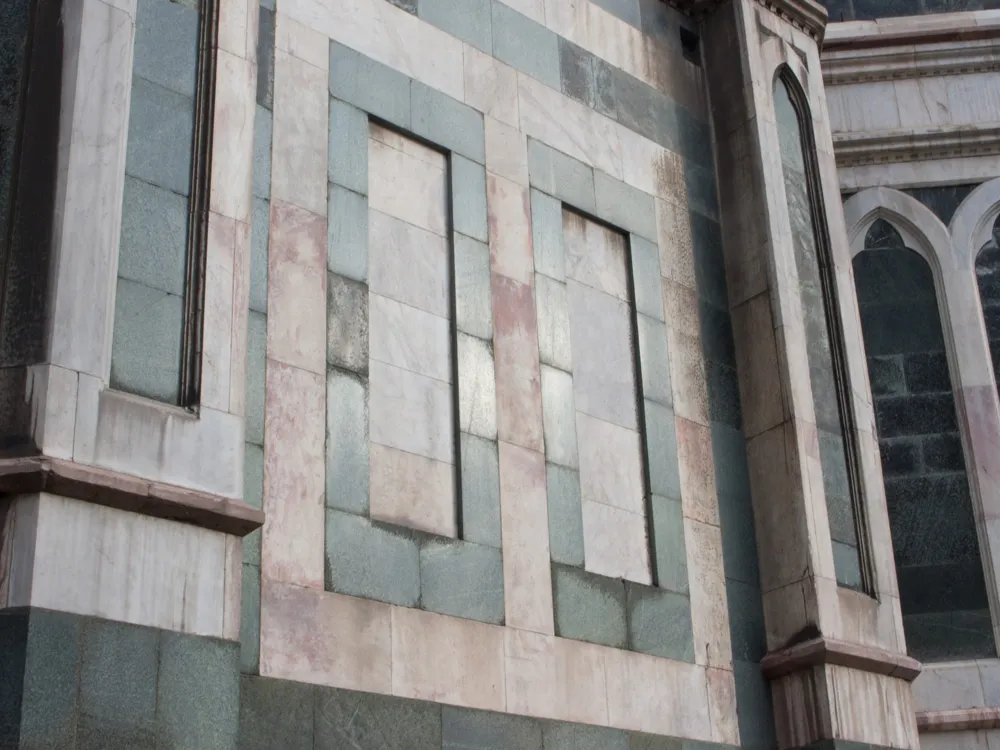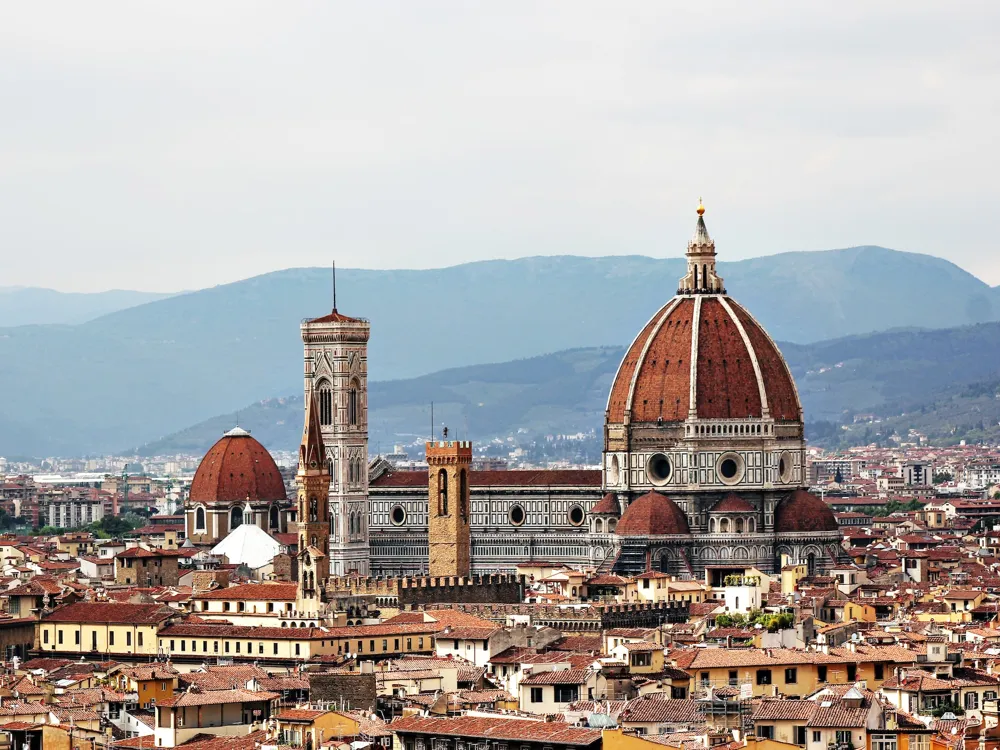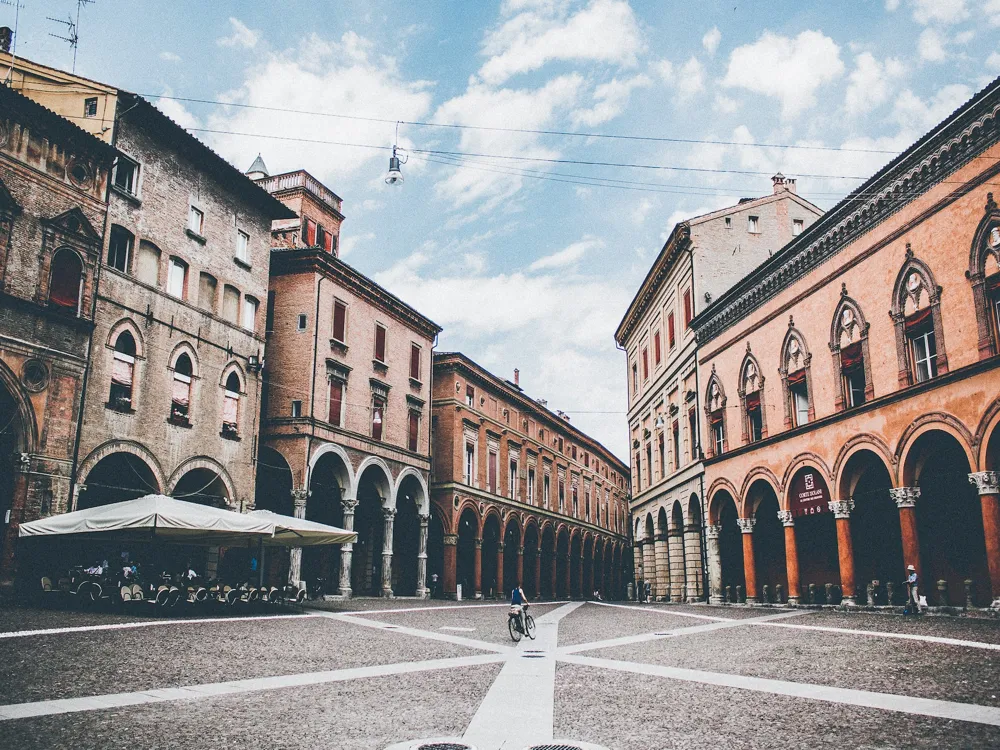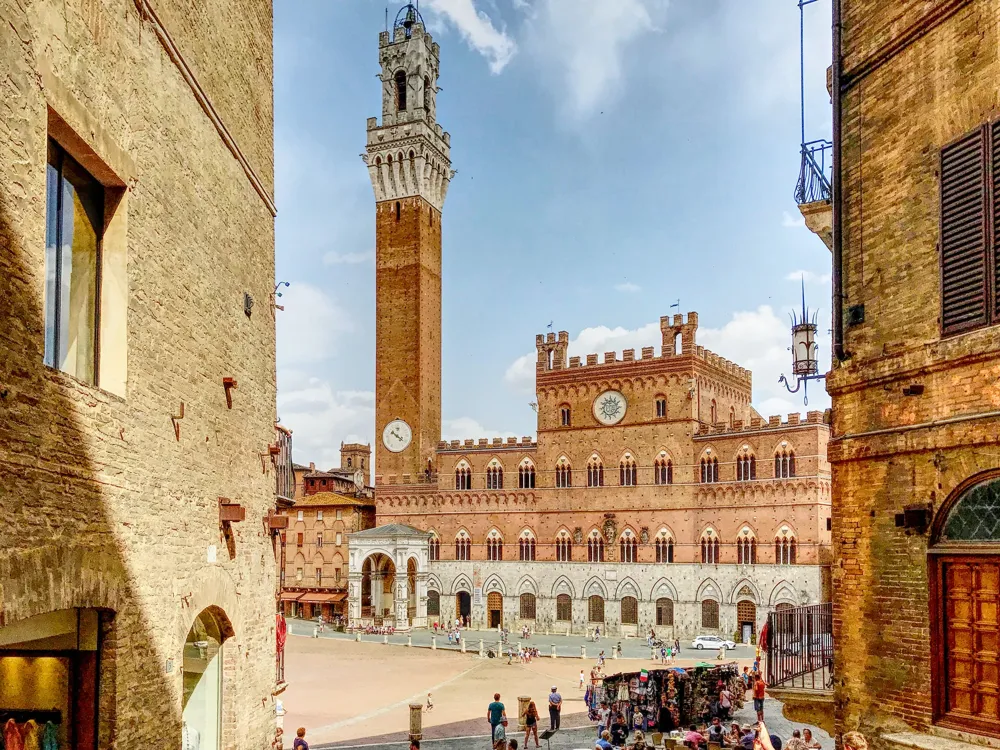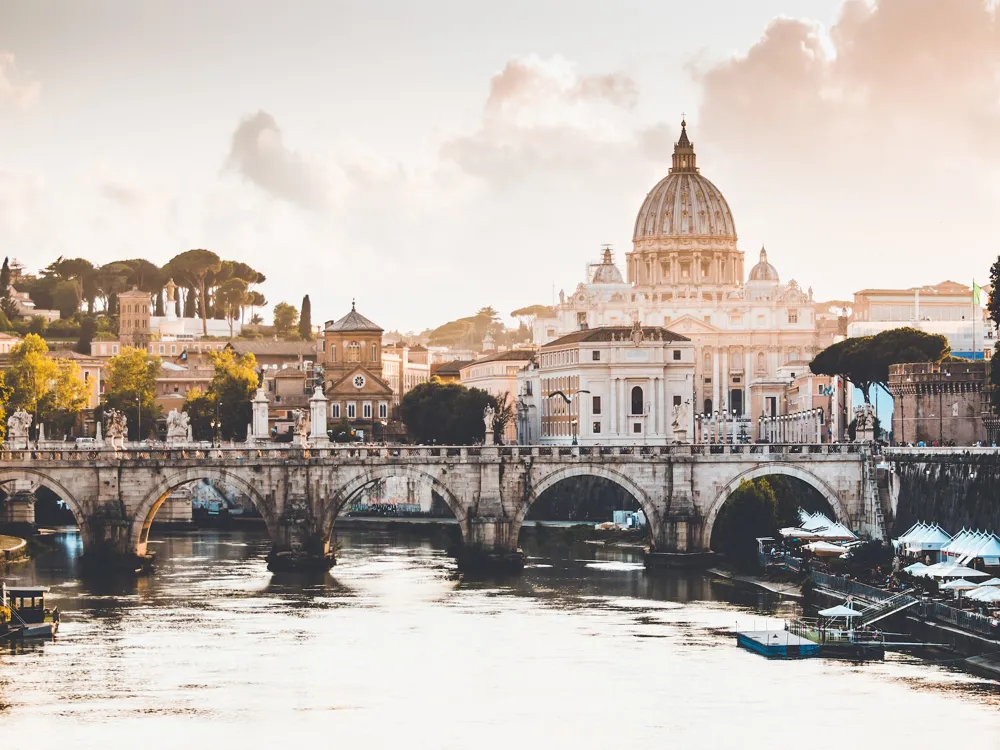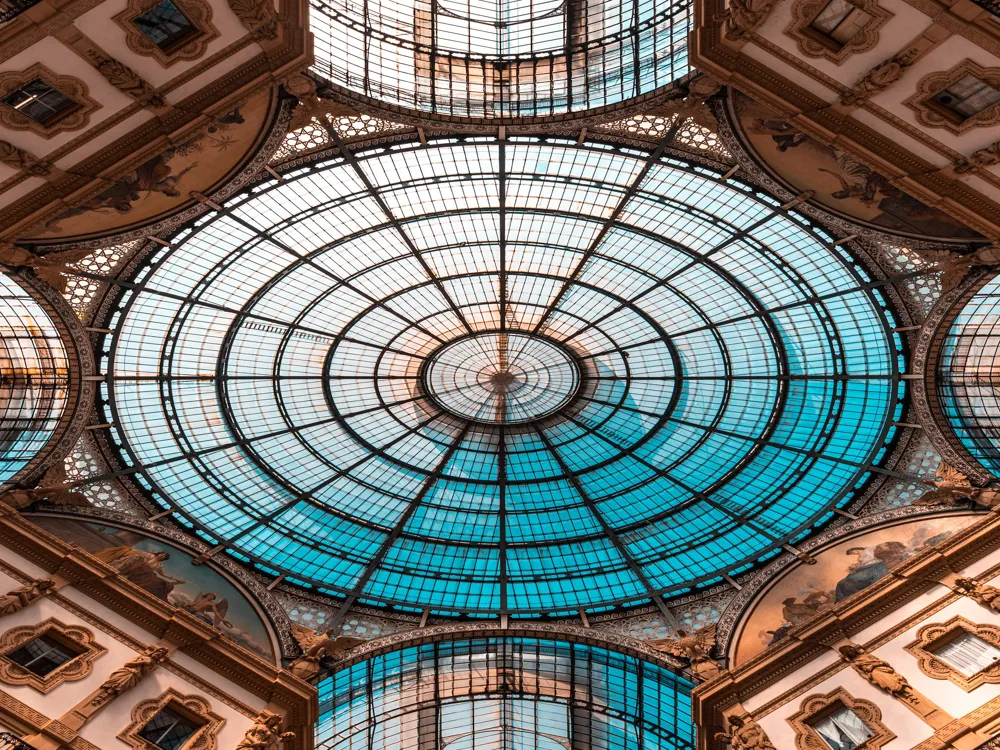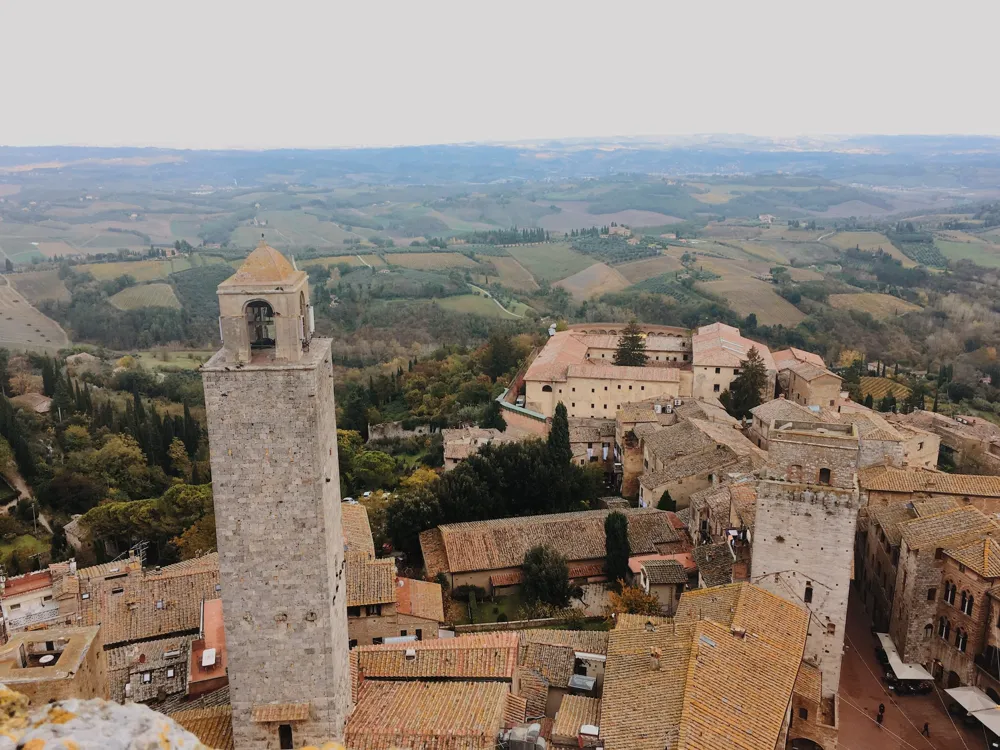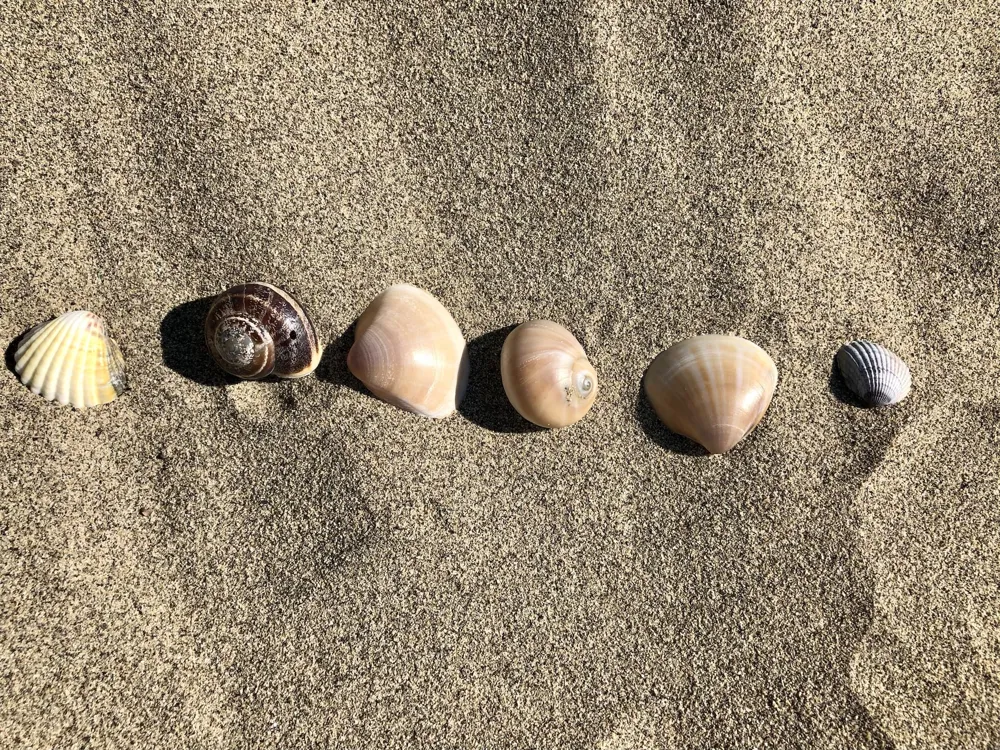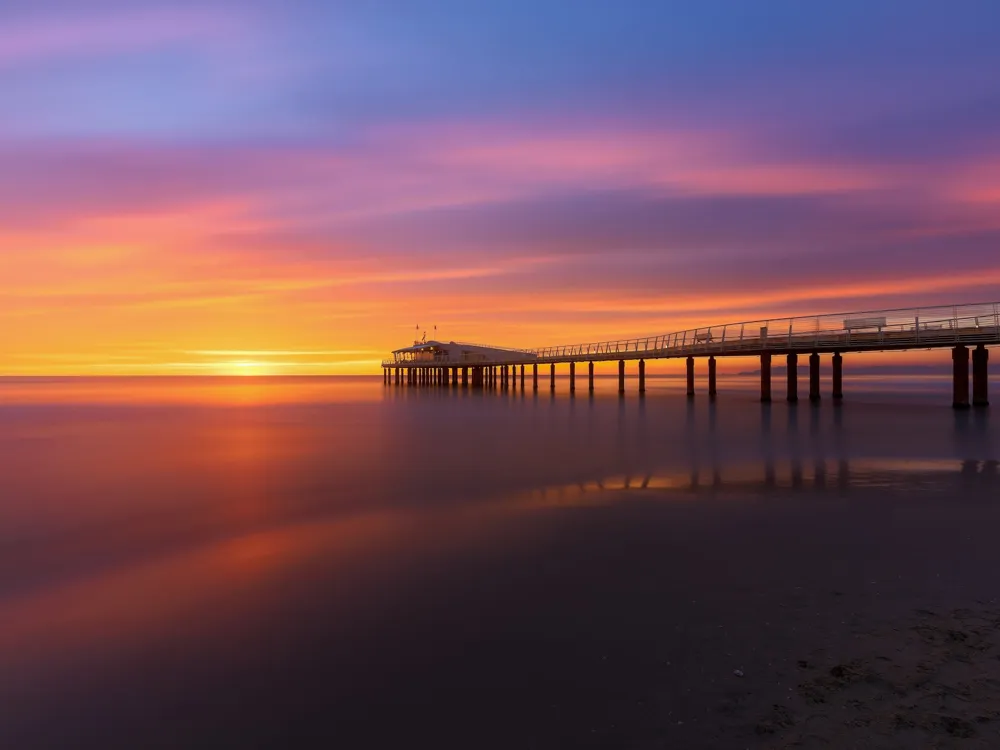The Pitti Palace, originally the residence of Luca Pitti, an ambitious Florentine banker, stands as a monumental landmark in Florence, Italy. Designed by Filippo Brunelleschi in the 15th century, the palace was later bought and significantly expanded by the Medici family, becoming the symbol of their power over Tuscany. Its location on the south bank of the Arno River offers a stunning view of Florence and its magnificent Renaissance architecture. The palace's architecture is a quintessential example of Renaissance design, showcasing the transition from medieval castles to modern palaces. It represents an era where aesthetics began to be as important as functionality. With its impressive facade made of rough, square stones, the palace exudes a grandeur and solidity characteristic of Florentine design. Over centuries, it has been a treasure trove of art and history, housing several important museums and galleries today, including the Palatine Gallery, the Royal Apartments, the Silver Museum, the Modern Art Gallery, the Costume Gallery, and the Porcelain Museum. The history of Pitti Palace is as rich as its architecture. Initially, the palace served as a residence to the Pitti family, but with their downfall, it was left unfinished for many years. The Medici family, under Eleonora di Toledo, Duchess of Florence and wife of Cosimo I de' Medici, bought the palace in 1549 and transformed it into a luxurious residence. Under their patronage, the palace became a center of arts and culture, attracting artists, writers, and thinkers from all over Europe. The subsequent centuries saw various extensions and additions, notably by the architects Bartolomeo Ammannati, Giorgio Vasari, and Bernardo Buontalenti. The palace's interior is equally impressive, with frescoes, paintings, and decorations by leading artists of the time. These expansions and renovations have resulted in a complex of buildings and gardens that includes the famous Boboli Gardens, a historic park famous for its elaborate sculptures and fountains. Today, the Pitti Palace is not just a testament to the grandeur of the Renaissance but also a repository of cultural, historical, and artistic heritage. Visitors are often awestruck by its sheer size and the richness of its contents, which encompass a broad spectrum of human history and creativity. The Pitti Palace's architecture is a stunning example of the Renaissance style, reflecting the cultural, political, and artistic ideals of its era. The palace's design is attributed to Brunelleschi, though it was expanded and modified by other architects over the years. Its massive, fortress-like facade is characterized by the use of rusticated stone, giving it a robust and commanding presence. The symmetrical layout, proportioned windows, and orderly columns are hallmarks of Renaissance aesthetics. Inside, the palace is equally grand. The Palatine Gallery, with its lavish rooms and intricate ceiling frescoes, houses an extensive collection of Renaissance and Baroque paintings. The Royal Apartments, adorned with luxurious furnishings and artworks, provide a glimpse into the life of the Medici family. Each room within the palace is a showcase of artistic and architectural mastery, featuring works by renowned artists such as Raphael, Titian, and Perugino. An integral part of the palace's architecture is the Boboli Gardens. Designed by Niccolò Tribolo and later expanded by Ammannati, Buontalenti, and others, these gardens are among the earliest examples of the Italian Garden style that later influenced many European courts. The layout is a perfect blend of architecture and landscaping, with avenues, sculptures, fountains, and grottoes that create a harmonious and serene environment. The palace's architecture also reflects the political power and artistic patronage of the Medici family. Each addition and modification served not only a practical purpose but also a symbolic one, demonstrating their wealth, power, and cultural influence. This fusion of art, architecture, and power is what makes the Pitti Palace a fascinating subject for historians and art enthusiasts alike. In summary, the architecture of Pitti Palace is a monumental representation of the Renaissance spirit, embodying the era's artistic vision, cultural innovation, and political ambition. It stands as a proud reminder of Florence's glorious past and its enduring influence on art and architecture. - Check opening hours and ticket prices in advance. - Consider visiting during off-peak hours to avoid crowds. - Allocate at least half a day to explore the palace and its gardens thoroughly. - Prioritize which museums and galleries you want to visit, as it's challenging to cover everything in one day. - Don't miss the Palatine Gallery and the Royal Apartments. - Consider hiring a guide or using an audio guide for a more informative experience. - Wear comfortable shoes as the gardens are extensive and involve a lot of walking. - Bring a hat and sunscreen during summer visits. - Look out for the various sculptures and fountains dotted around the gardens. Reaching Pitti Palace is straightforward, whether you are coming by public transport, car, or on foot. The palace is located in the Oltrarno district of Florence, just a short walk across the Ponte Vecchio from the city center. By Public Transport: Several bus routes stop near Pitti Palace. Check the local transit website for the most convenient route from your location. The palace is a short walk from the nearest bus stop. By Car: While driving in Florence can be challenging due to limited parking and ZTL zones (limited traffic zones), there are parking areas outside the city center where you can leave your car and walk or take public transport to the palace. On Foot: Walking is perhaps the best way to reach Pitti Palace, especially if you are staying in the city center. The walk from the Duomo, through the historic streets of Florence, to the palace is a delightful experience in itself. Read More: Overview of Pitti Palace in Florence
Architecture of Pitti Palace
Tips When Visiting Pitti Palace
Plan Your Visit
Exploring the Museums and Galleries
Enjoying the Boboli Gardens
How To Reach Pitti Palace
Pitti Palace
Florence
₹ 51,800 onwards
View florence Packages
Weather :
Tags : Garden & Park
Timings : 8:15 AM - 7:30 PM (Summer),
Reduced hours in the winter
Entry Fee : Adult - EUR 7,
Reduced - EUR 3.50
Planning a Trip? Ask Your Question
Also Refered As:
Palazzo Pitti, Palacio Pitti
Florence Travel Packages
View All Packages For Florence
Top Hotel Collections for Florence

Private Pool

Luxury Hotels

5-Star Hotels

Pet Friendly
Top Hotels Near Florence
Other Top Ranking Places In Florence
View All Places To Visit In florence
View florence Packages
Weather :
Tags : Garden & Park
Timings : 8:15 AM - 7:30 PM (Summer),
Reduced hours in the winter
Entry Fee : Adult - EUR 7,
Reduced - EUR 3.50
Planning a Trip? Ask Your Question
Also Refered As:
Palazzo Pitti, Palacio Pitti
Florence Travel Packages
View All Packages For Florence
Top Hotel Collections for Florence

Private Pool

Luxury Hotels

5-Star Hotels

Pet Friendly







